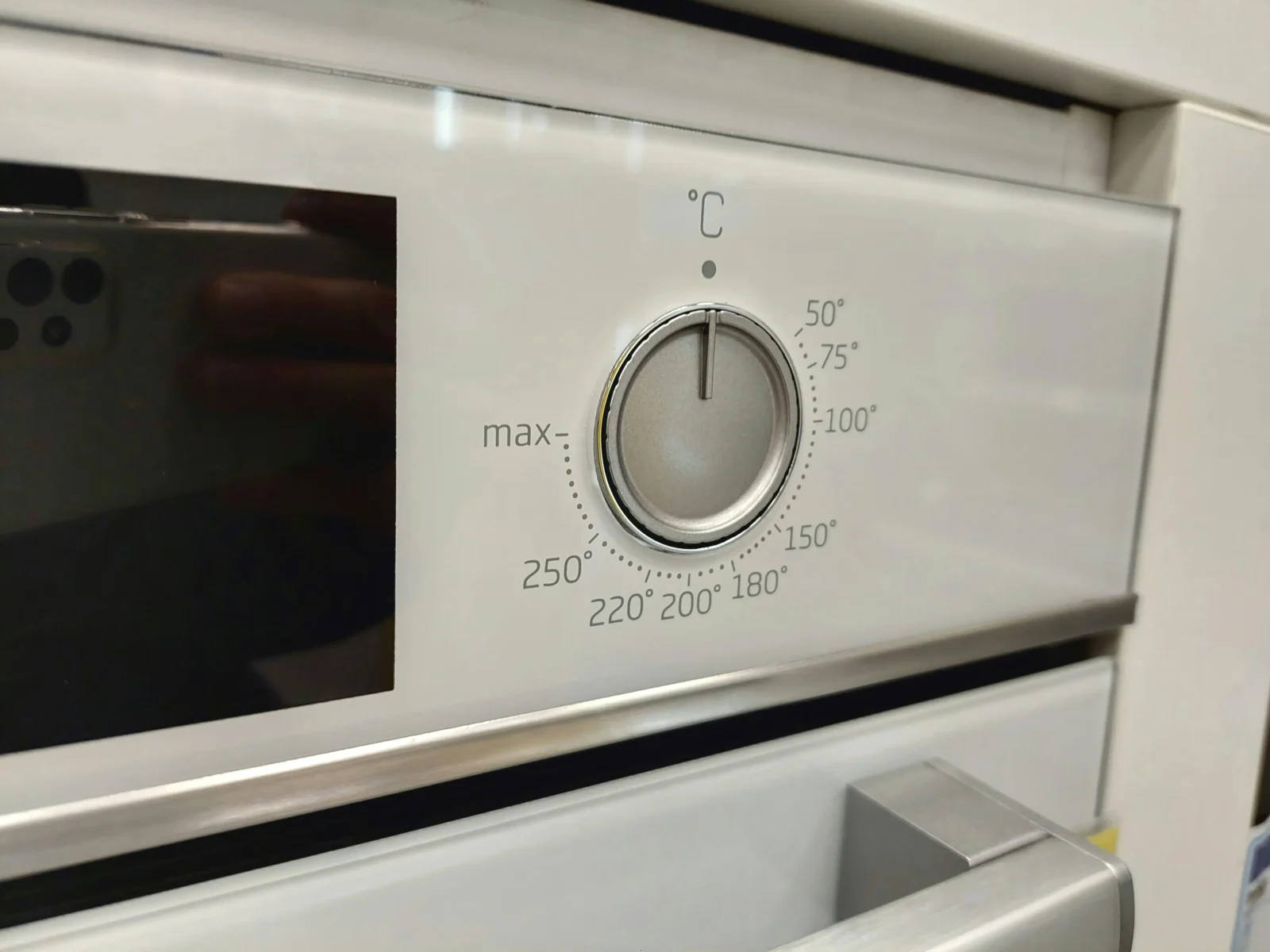- Home
- Articles
- Architectural Portfolio
- Architectral Presentation
- Inspirational Stories
- Architecture News
- Visualization
- BIM Industry
- Facade Design
- Parametric Design
- Career
- Landscape Architecture
- Construction
- Artificial Intelligence
- Sketching
- Design Softwares
- Diagrams
- Writing
- Architectural Tips
- Sustainability
- Courses
- Concept
- Technology
- History & Heritage
- Future of Architecture
- Guides & How-To
- Art & Culture
- Projects
- Interior Design
- Competitions
- Jobs
- Store
- Tools
- More
- Home
- Articles
- Architectural Portfolio
- Architectral Presentation
- Inspirational Stories
- Architecture News
- Visualization
- BIM Industry
- Facade Design
- Parametric Design
- Career
- Landscape Architecture
- Construction
- Artificial Intelligence
- Sketching
- Design Softwares
- Diagrams
- Writing
- Architectural Tips
- Sustainability
- Courses
- Concept
- Technology
- History & Heritage
- Future of Architecture
- Guides & How-To
- Art & Culture
- Projects
- Interior Design
- Competitions
- Jobs
- Store
- Tools
- More
Different Types of Electrical Wiring: A Comprehensive Guide

Electrical wiring is an essential component of any electrical system, and it is important to hire an electrician that understands the different types of wiring available. Electrical wiring can be made of copper, aluminum, or other metals, and it can be solid or stranded. The type of wiring used depends on the application and the specific requirements of the electrical system.
Safety is a critical consideration when working with electrical wiring. Electrical wiring can be dangerous, and it is important to follow proper safety procedures when working with it. This includes wearing protective gear, such as gloves and safety glasses, and following all applicable regulations and standards, such as the National Electrical Code. Understanding the different types of wiring and how to work with them safely is essential for anyone working with electrical systems.
Understanding Electrical Wiring Basics

Electrical wiring is an essential part of any electrical system, and understanding its basics is crucial for safe and effective installations. This section will cover the fundamental concepts of electrical wiring, including conductors and insulation, wire gauges and ampacity, and wiring color codes.
Conductors and Insulation
A conductor is a material that carries electrical current. Copper (Cu) and aluminum (Al) are the most common conductors used in electrical wiring. Insulation is a material that covers the conductor, protecting it from damage and preventing electrical shock. Insulated wires are color-coded to indicate their function.
Wire Gauges and Ampacity
Wire gauge refers to the thickness of the wire, with smaller gauge numbers indicating thicker wires. Ampacity is the maximum amount of electrical current that a wire can safely carry. The gauge size and ampacity of a wire are directly related, with larger gauge wires having higher ampacity ratings. Cobb County homeowners often look for the top Electrician Austell GA can provide to ensure their wiring systems meet both safety standards and power demands. Hiring a skilled professional helps prevent overloads and supports efficient energy use throughout the home.
Wiring Color Codes
Wiring color codes are used to identify the function of each wire in an electrical system. The most common colors used in residential wiring are black, red, white, and green. Black and red wires are typically hot wires, white wires are neutral wires, and green wires are ground wires.
Types of Electrical Wiring

When it comes to wiring a house, there are several types of electrical wiring to choose from. Each type of wiring has its own unique set of characteristics that make it ideal for certain applications. In this section, we will discuss some of the most common types of electrical wiring used in residential applications.
Nonmetallic Sheathed Cable (NM and NM-B)
Nonmetallic sheathed cable, also known as NM or NM-B cable, is a type of electrical wiring that is commonly used in residential applications. It consists of two or more insulated conductors and a bare ground wire, all wrapped in a plastic sheath. NM cable is typically used for dry, indoor applications such as wiring outlets, switches, and light fixtures.
Underground Feeder Cable (UF)
Underground feeder cable, or UF cable, is a type of electrical wiring that is designed for use in wet locations, such as underground or in direct burial applications. It consists of two or more insulated conductors and a bare ground wire, all wrapped in a moisture-resistant sheath. UF cable is commonly used for outdoor lighting, sprinkler systems, and other applications that require wiring in wet locations.
Low-Voltage Wiring
Low-voltage wiring is a type of electrical wiring that is designed to carry low-voltage signals, typically between 12 and 24 volts. It is commonly used for landscape lighting, data wiring, and other applications that require low-voltage signals. Low-voltage wiring is typically smaller and less expensive than high-voltage wiring, and it can be installed without conduit in some applications.
Armored Cable (BX) and Metal-Clad Cable (MC)
Armored cable, also known as BX cable, and metal-clad cable, or MC cable, are types of electrical wiring that are designed for use in applications where the wiring may be exposed to physical damage. They consist of insulated conductors wrapped in a flexible metal sheath. Armored cable and metal-clad cable are commonly used in commercial and industrial applications, but they can also be used in residential applications where wiring may be exposed to physical damage.
FAQ:
Q: What are the most common types of electrical wire used in homes?
A: The most common types of electrical wires used in homes include Non-Metallic (NM) cable, which is often referred to as “Romex,” and is used for interior wiring for outlets, switches, and other devices. Another common type is THHN/THWN wire, which is used in the conduit for interior and exterior installations.
Q: What is the difference between NM cable and UF cable?
A: NM cable, or Non-Metallic cable, is used for indoor applications and cannot withstand moisture or direct burial. UF cable, or Underground Feeder cable, on the other hand, is designed to be buried directly underground or used in damp environments, as it is resistant to moisture.
Q: Are there special types of wires for outdoor or underground use?
A: Yes, there are special types of wires for outdoor or underground use. For example, Type USE Cable (Underground Service-Entrance) is specifically designed for underground applications. It’s built to withstand the elements and direct burial without the need for additional protection like conduit.
Wiring Installation and Best Practices

When it comes to electrical wiring installation, there are several best practices to follow to ensure safety and compliance with regulations. This section will cover some of the most important aspects of wiring installation, including circuit planning and layout, proper sizing and labeling, and safety precautions and codes.
Circuit Planning and Layout
Before starting any electrical work, it is crucial to plan out the circuit and layout of the wiring. This involves determining the number of outlets, light fixtures, and other devices that will be connected to the circuit, as well as the location of the circuit breaker and junction boxes. It is also important to consider the type of wire to be used, such as solid or stranded wire, and whether it needs to be heat-resistant or nylon-coated. Furthermore, a commercial electrical company can help in identifying potential issues early in the planning stage, ensuring that the electrical system is both effective and compliant with local regulations. Their expertise in data center services and cabling can also be crucial for businesses needing advanced electrical solutions.
Proper Sizing and Labeling
One of the most important aspects of wiring installation is proper sizing and labeling of wires. American Wire Gauge (AWG) is used to determine the size of wires, with lower numbers indicating thicker wire. It is important to choose the right size wire for the intended use, such as 14-gauge wire for 15-amp service and 12-gauge wire for 20-amp service. Additionally, all wires should be properly labeled to ensure easy identification and troubleshooting.
Safety Precautions and Codes
When working with electrical wiring, safety should always be a top priority. This includes grounding wires and using ground fault circuit interrupters (GFCIs) to prevent shocks. It is also important to follow all local regulations and codes, and to hire a licensed electrician for any work that exceeds the scope of a DIY project.
illustrarch is your daily dose of architecture. Leading community designed for all lovers of illustration and #drawing.
Submit your architectural projects
Follow these steps for submission your project. Submission FormLatest Posts
Why Smart Bin Rental Strategy Shapes Better Architecture Projects
Picture this: you’re standing before your dream architectural project, blueprints approved, permits...
The 10 Most Iconic Buildings in the World and Their Stories
From ancient marvels like the Great Pyramid of Giza to modern icons...
How to Choose the Best Balloon Garland Kit for Your Event Theme
Balloon garlands are now a very popular decoration for today’s celebrations, including...
Dependable Service for Everyday Appliance Problems
When a washer stalls mid-cycle or a fridge warms up, you need...











Leave a comment